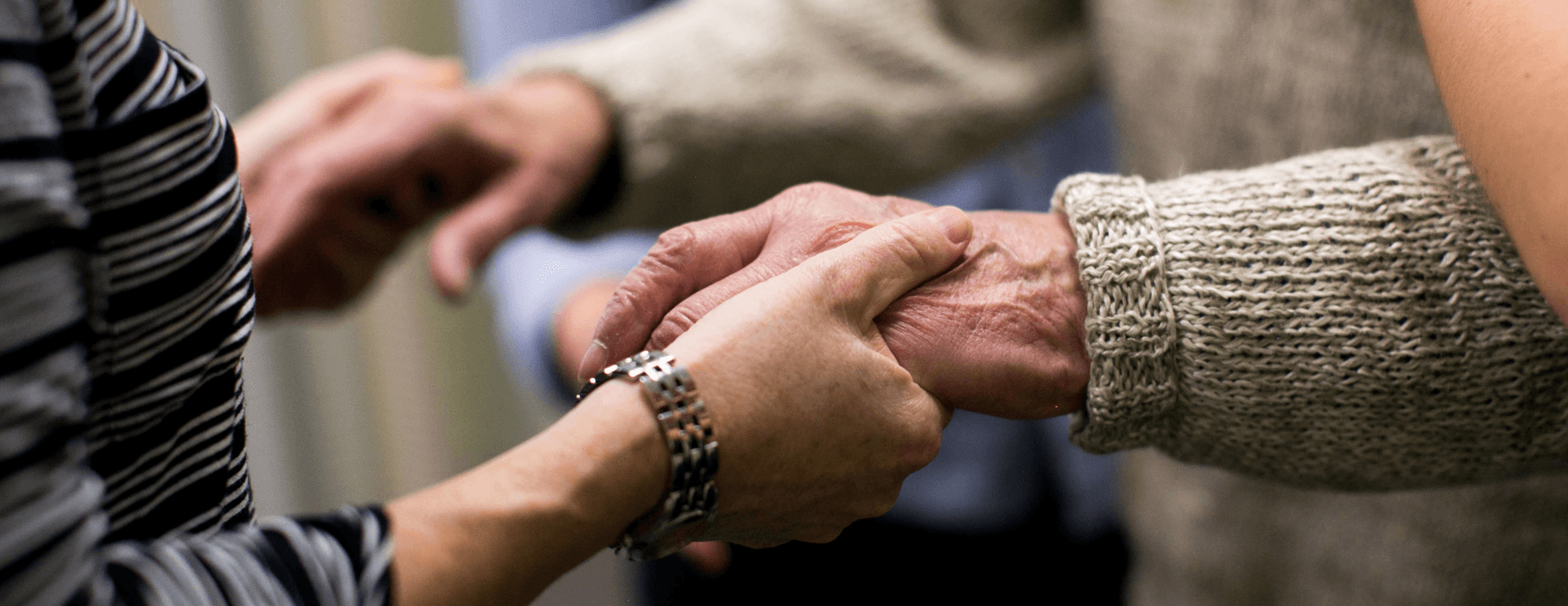What is Neuro Rehabilitation and How it Works
Neurorehabilitation facilitates people with the neurological disorders to maximize their quality of life.
All about Neuro Rehabilitation
Progressive neurological disorders like Parkinson’s, dementia, tumors, and condition of isolated neurological events like strokes and traumatic brain injuries can be treated with the help of neurorehabilitation. With the completion of the acute stage of the treatment for brain injury, neurorehabilitation helps the patients recover quickly and maximizing their cognitive & functional abilities. This eventually helps the patients to reach their personal goals at a relatively short period of time.
Process by which neuro rehabilitation works
The neuropsychologists are quite interested in determining the ways by which an individual’s brain affects the individual’s behavior in his or her day to day life.
The very first step in the process of neurorehabilitation is a full assessment that involves a certain set of tests. Some of these will test the overall functioning of the brain and some will determine specific functioning of the brain. The neuropsychologists will utilize the results from the tests done, teamed with the understanding of the patient’s difficulties and develop a comprehensive pla of the overall treatment process.
The options of treatment
The good news is that there are several different options of neurorehabilitation treatment that can help the patients very significantly. Some of the treatment options adopted in the process of neurorehabilitation are as follows:
- Remediation treatments : This can help in restoring the lost skills through special repetitive exercises.
- Compensatory treatments : This can facilitate in utilizing the intact skills in order to make up all the deficits in the several other areas.
- Psycho-education : This is of major significance and ensures that the patient and his/her entire family completely understand their actual condition and also entails what line of treatment is required.
- Therapeutic treatments : This can very well facilitate the patient deal with the trauma that actually caused the injury and the several adjustments which are required.
- Cognitive treatments : The brain possesses the amazing ability to adapt and recover from a brain injury. Some parts of the brain can re-purpose themselves in order to take over the proper functioning of the damaged areas. This is indeed the most effective after the injury. When the brain releases certain hormones, they help in aiding the recovery. Also, there is a process called neurogenesis in which the growth of the new neurons occurs.
Supporting specializations for neurorehabilitation
Following are the supporting specializations for neurorehabilitation:
- Physiotherapy : The physiotherapists help in alleviating several physical difficulties or the physical disabilities in order to help someone getting back to work or to their sports or hobbies.
- Speech and language therapy : Speech and language therapists can facilitate the patients to work on several language disabilities. With this help, the patients can help in overcoming the issues regarding eating and swallowing if there is any muscle weakness in the throat.
- Occupational therapy : The occupational therapists can help in teaching the right strategies and improving a range of the abilities which help the patients in leading a normal day-to-day life once again.
- Vocational therapy : The vocational support workers can facilitate someone to reintegrate into the surrounding local community in order to normalize the social life of the concerned patient.
- Diet guide : The dieticians professionally help the patients with customized and effective diet plans and eating regimens. This helps the patients in recovering speedily and with more effectiveness.
Some major types of neurorehabilitation
Neurorehabilitation can be implemented by a number of approaches and use a variety of effective techniques in order to produce a completely personalized plan that is focused as per the personal goals of the patient. These majorly include:
- Bobath approach : This is used for enhancing the functional movement. This procedure relies on practicing movement patterns and is executed step by step with facilitation received from the physiotherapists. These movement patterns are then repeated regularly in order to perfect each of the components.
- Brunnstrom approach : This technique is used for enhancing the functional movement. This particular approach uses the fair combinations of elicit muscular and effective movements.
- Carr and Shepherd approach : This approach is being used for enhancing the functional movement which involves the practicing of the functional movements as a whole. This particularly relies not only on the performing movements correctly but repeatedly rehearse them in order to achieve the desired goal.
- Gait re-education : This involves the identification and correction of the variations and the compensations seen during walking.
- Conductive education : This is a unique learning experience which specifically addresses a child in an organized way to help him or her becoming more independent.
- Transfer rehabilitation : This involves the development of the techniques which make the transfers that the concerned patient finds it difficult. These transfers are being practiced until the patient becomes completely confident regarding the movement.
- Mobility rehabilitation : Development of a way to get around safely and independently is the major motive of mobility rehabilitation. This also includes the several balance exercises which ensure that you are completely safe on your feet as possible.
- Contracture management : This involves the releasing of the tightened muscles. This may include splinting, tilt-tabling and casting.
- Equipment and adaptations assessment : A home visit to the patient’s house will allow the physiotherapists to identify the adaptations that would make the patient’s life easier.
- Acupuncture : This is an ancient technique which is still used for neurorehabilitation. This process involves the use of needles in the specific locations which helps in reducing the pain.

